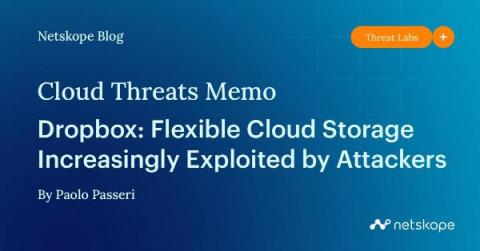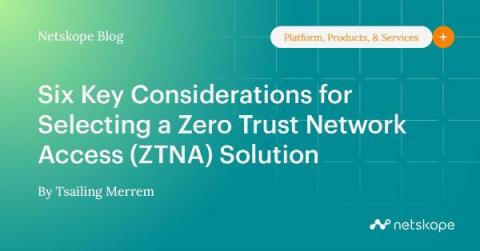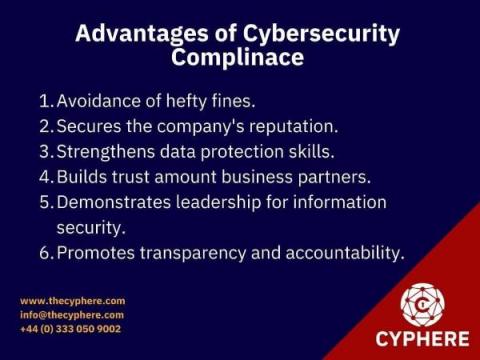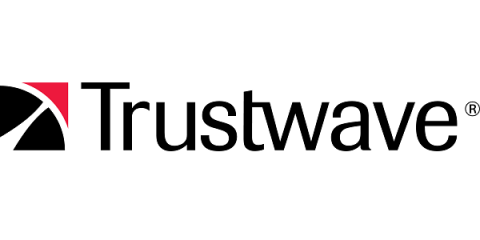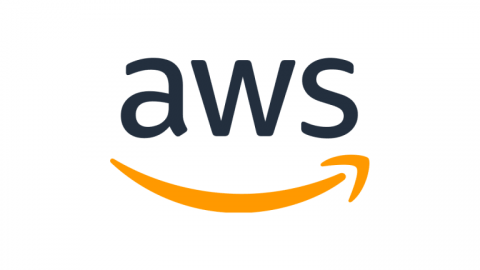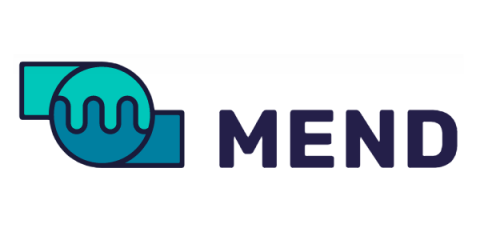Getting started with container security
A couple of days ago, I was checking my Twitter feed and saw a tweet from someone saying how frustrated he was that DockerHub (a renowned container registry) was down. Someone else replied to the tweet, recommending the tweet’s author to check out Google’s repository, where they have DockerHub mirrors in Google Cloud.



